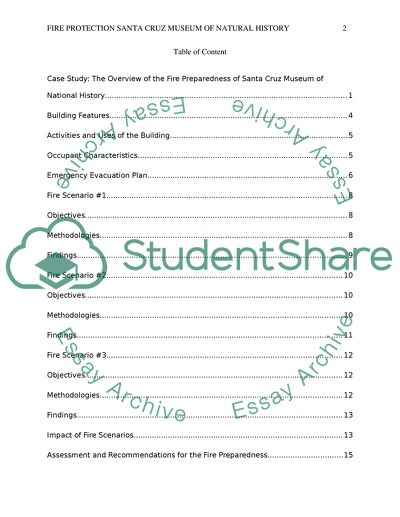Cite this document
(The Overview of the Fire Preparedness of Santa Cruz Museum of National Case Study, n.d.)
The Overview of the Fire Preparedness of Santa Cruz Museum of National Case Study. Retrieved from https://studentshare.org/professional/1787638-fire-protection-and-safety-engineering-technologies-class
The Overview of the Fire Preparedness of Santa Cruz Museum of National Case Study. Retrieved from https://studentshare.org/professional/1787638-fire-protection-and-safety-engineering-technologies-class
(The Overview of the Fire Preparedness of Santa Cruz Museum of National Case Study)
The Overview of the Fire Preparedness of Santa Cruz Museum of National Case Study. https://studentshare.org/professional/1787638-fire-protection-and-safety-engineering-technologies-class.
The Overview of the Fire Preparedness of Santa Cruz Museum of National Case Study. https://studentshare.org/professional/1787638-fire-protection-and-safety-engineering-technologies-class.
“The Overview of the Fire Preparedness of Santa Cruz Museum of National Case Study”, n.d. https://studentshare.org/professional/1787638-fire-protection-and-safety-engineering-technologies-class.


